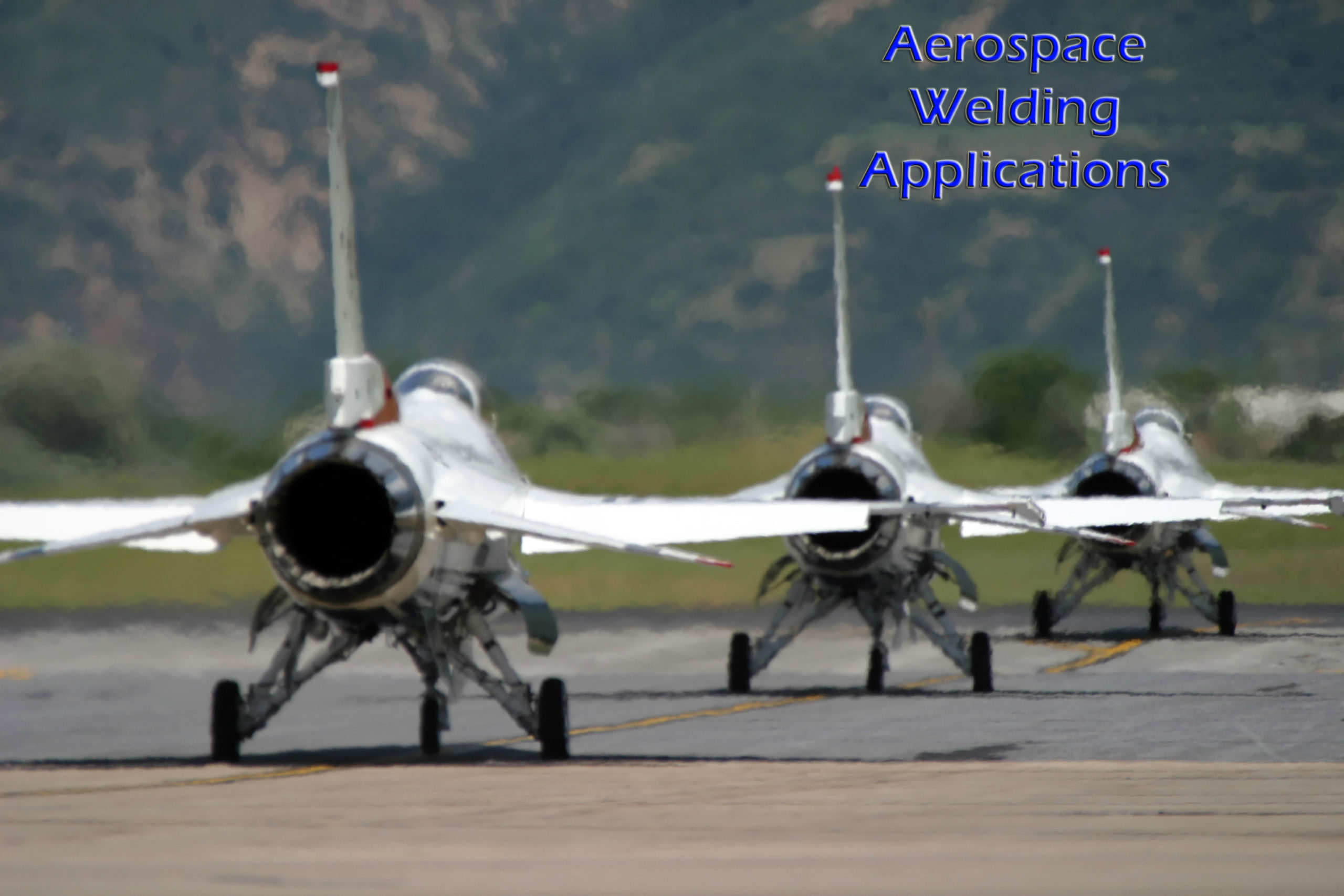
Aerospace welding and brazing is a rapidly growing technical industry.
The aerospace industry has transformed dramatically over the past century. Early flights were rare and experimental, but today millions routinely cross continents by plane.
Despite rapid technological advances, manufacturers still rely on welding and brazing to design, build, and repair aircraft. These processes have driven the industry’s growth from the beginning and remain critical today. In this article, we explore the most common uses of aerospace welding and brazing in modern aviation.
What is aerospace welding?
Aerospace welding was an essential part of the construction of early commercial vehicles, and it is still used extensively today. While traditional gas welding was once the most common form, advancements in technology have seen alternatives come to the fore, including electric arc welding, electric resistance welding, and plasma arc welding.
Aerospace welding faces unique challenges compared to other industries. The materials used must be lightweight yet strong, as well as flexible and ductile.
Manufacturers use rare materials that demand complex joints and designs. Aircraft undergo extreme pressure changes, which makes traditional fasteners like rivets less effective. Many parts require airtight seals to protect expensive equipment. Welding remains the only method that reliably delivers this critical level of protection in aerospace applications.
Another major issue that welding helps to overcome is the rapid fluctuations in temperatures. The materials used have high thermal conductivity, which makes traditional methods of welding difficult, so advanced solutions such as electron-beam and laser welding help to ensure that each vehicle is completed to the highest standards.
What is aerospace brazing?
Like welding, aerospace brazing faces unique challenges as the industry pushes for better performance and lower costs. Brazing is used when welding isn’t suitable. The two main methods in aerospace are torch brazing and induction brazing.
Brazing is ideal when welding’s high heat could damage metals or sensitive electrical parts. It uses metals with lower melting points, like silver, copper, and aluminum.
Brazing can be done manually or by machine. Induction brazing is gaining popularity due to its cleaner finish, faster cycles, and reduced risk of distortion or fatigue.
While welding joins similar metals, brazing allows manufacturers to join different metals. It also strengthens joints in areas under high pressure or repeated stress. Plus, brazing is precise, perfect for tight spaces like engine components where accuracy matters.
Need help with your welding?
Here at Muggy Weld, we have been providing the very best welding and brazing materials to industry professionals and members of the public alike for over 30 years. Our family-owned and operated business is dedicated to offering our customers the very highest quality alloys and electrodes for welding aluminum, white metal, steel, pot metal, and much more.
Want to find out more about how we can help you? Get in touch with our team today!
